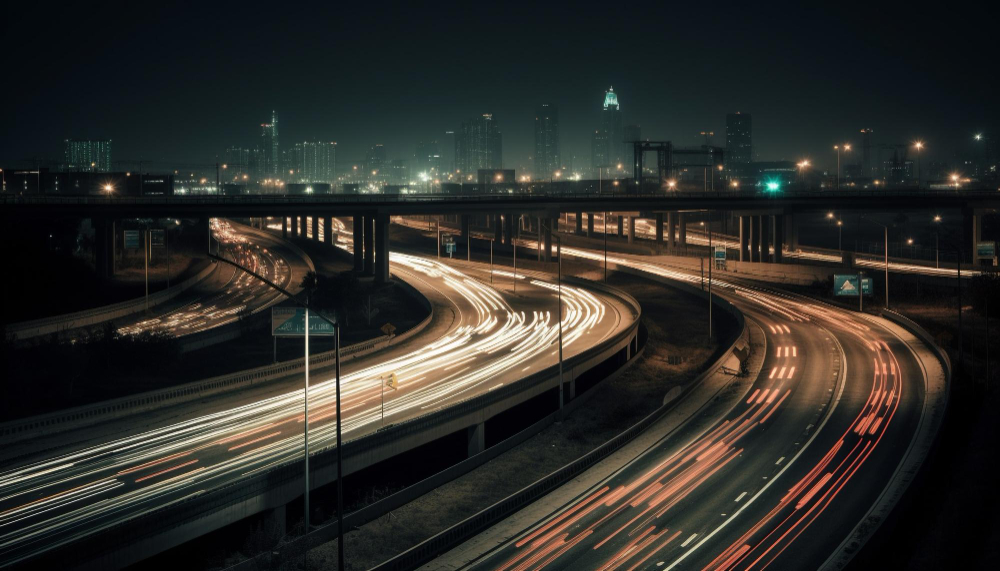The overarching goal of Google’s Greenlight project is to minimize the impact of traffic on the environment by reducing emissions. Using an approach based on the use of artificial intelligence to analyze and model traffic trends, the project aims to optimize traffic light control systems in a number of major cities around the world. Hamburg, along with several other global metropolises such as Seattle, Abu Dhabi and Manchester, is one of the first twelve cities that will benefit from this state-of-the-art process.
The AI-driven technology Google is using in this project promises to improve the efficiency of regulating traffic flows by identifying and clearing potential congestion. This is done by reducing waiting times at traffic lights, which in turn helps reduce emissions of harmful environmental toxins.
According to Google, 29 times more air pollution results from congestion or gridlocked traffic at intersections with traffic lights compared to open road conditions. Large proportions of such pollution result from vehicles stopping and restarting. The perfect traffic situation, therefore, would be a smooth and constant drive-through to minimize environmental impact. Google reports success in previous tests of the technology, which reduced waiting times at traffic lights by about 30% and cut emissions by 10%.
In total, the technology is being tested in the twelve pilot cities at 70 different traffic intersections. City officials interested in implementing the technology can join a Google waiting list to demonstrate their commitment to improving urban traffic flow and mitigating climate change.
It is important to emphasize that Google would theoretically be able to deploy the AI system Greenlight in all traffic light systems worldwide, as the necessary infrastructure is already in place. Furthermore, Google would like to improve efficiency not only at individual intersections, but also traffic flow in entire urban areas. This could be achieved, for example, by coordinating multiple traffic light systems to ensure a steady flow of traffic – a so-called “green wave.” The municipal engineers involved could carry out evaluations of the system within a few weeks and thus make changes quickly on the basis of a solid database, making urban traffic more efficient and environmentally compatible.

